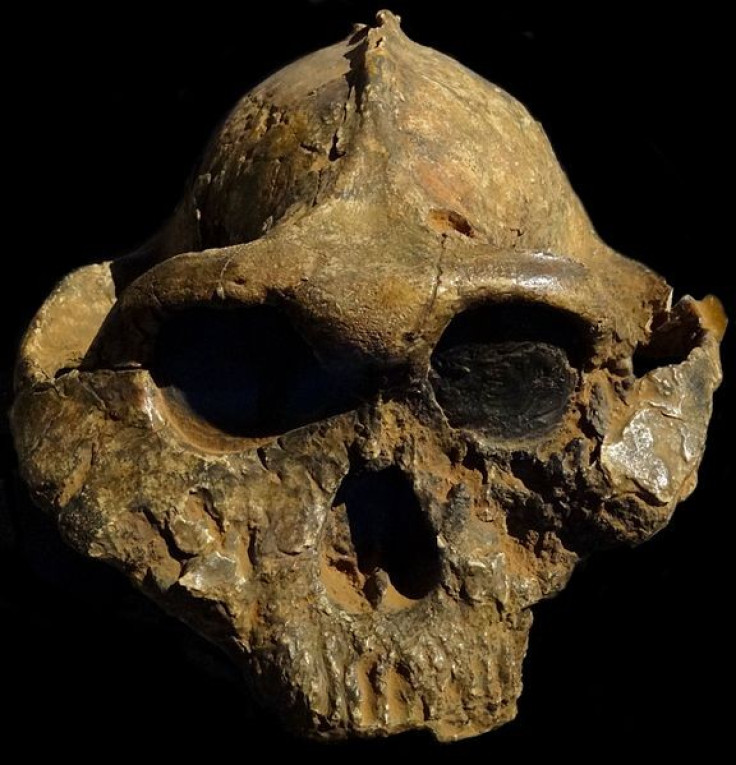1.3 Million-Year-Old Skeleton Shows Humans Were 'Rugged Tree-Climbers'

A 1.35 million-year-old skeleton has shown humans were "more ruggedly built" than previously thought.
A partial skeleton discovered in Tanzania shows humans were gorilla-like creatures that climbed trees with their strong upper bodies.
The bones of a jaw, skull, arm, hand, leg and foot were discovered at the Olduvai Gorge World Heritage fossil site. The skeleton, believed to be a large adult, was found during excavations over 2010.
The jaw and skull were described as being "robust", with anthropologist Charles Musiba, from the University of Colorado Denver, saying: "This is the first time we've found bones that suggest that this creature was more ruggedly built - combining terrestrial bipedal locomotion and some arboreal behaviours - than we'd previously thought.
"It seems to have more well-formed forearm muscles that were used for climbing, fine-manipulation and all sorts of behaviour."
Published in the journal PLOS ONE, the researchers said the fossil represents one of the most recent occurrences of Paranthropus boisei, a very early species of hominin.

Paranthropus boisei (P. boisei) was known for its large jaw and skull through the first cranium fossil discovered in 1959. However, the rest of its body has remained a mystery until now.
Researchers now know it stood at between 3.5 and 4.5ft tall and had a robust frame: "We know that it was very strong," Musiba said. "It's unprecedented to find how strong this individual was. The stronger you are the more adaptive you are."
P. boisei first evolved in East Africa 2.3 million years ago and without skeletal evidence, anthropologists believed it was similar to the ancient species Australopithecus and had evolved from this genus.
Musiba said: "We are starting to understand the physiology of these individuals of this particular species and how it actually adapted to the kind of habitat it lived in," Musiba said.
"We knew about the kind of food it ate - it was omnivorous, leaning more toward plant material - but now we know more: how it walked around and now we know it was a tree climber.
"It's a different branch on our ancestry tree. It came later than the other hominins, so the question now is 'what happened to it?' We're going to do more work on biomechanics and see what else this creature was doing.
"The more we are finding of these fossils, the more we are learning about the history of these species."
© Copyright IBTimes 2024. All rights reserved.






